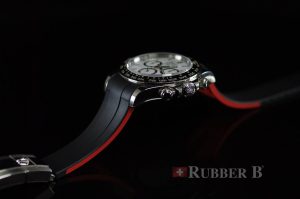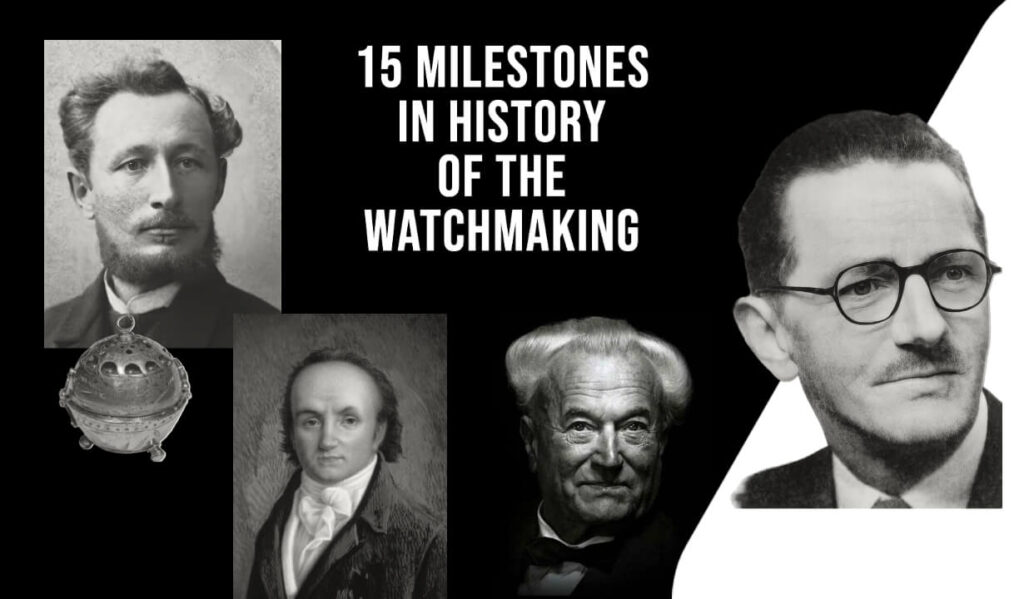
Rubber B produces custom rubber watch bands for timepieces from a variety of leading global watchmakers, including Rolex, Tudor, and Panerai, as well as several others. Our complete product catalog features straps in a plethora of different colors, textures, and styles, and each one of our watch bands is made solely from 100% vulcanized rubber.
There are many fascinating moments in the history of watchmaking that have led the industry to where it currently is now. However, even seasoned watch collectors may be unfamiliar with these moments, as there is not a lot of literature that currently exists on this topic.
Therefore, Rubber B decided that we should dedicate an article to some significant moments in the history of watchmaking. By learning more about the history of watchmaking, it becomes much easier to not only appreciate where the industry has been but what its future is likely to look like.
1. Invention of the Clock-Watches – 16th Century
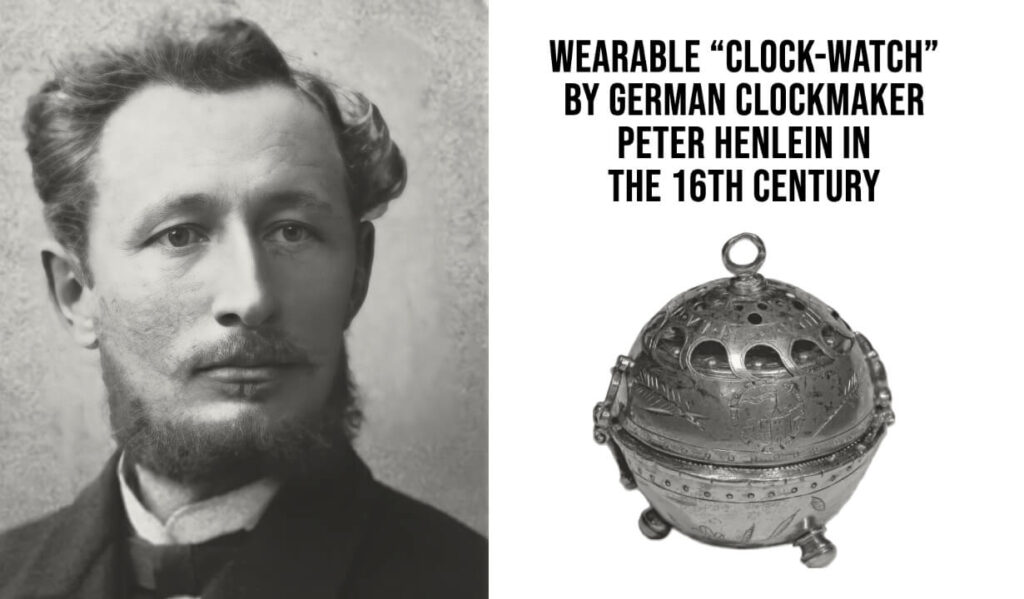
The invention of the wearable “clock-watch” by German clockmaker Peter Henlein in the 16th century would serve as a prototype for what we would come to know today as a wristwatch. They were originally worn on chains around the neck, but because they were easily damaged by the elements, Henlein was forced to modify his design.
When was the first watch made?
The first watches were made in the late 15th century (about 1480). However, this idea is frequently credited to Peter Hele or Henlein, a clockmaker in Nuremberg who developed very tiny clocks at the beginning of the 16th century (around 1510). For a long time, the case of these early timepieces was oval-shaped, thus the moniker Nuremberg egg. They got flattered and eventually became pocket watches.
2. First Wristwatch is Produced – 1810
Naturally, there is a bit of debate on what the first wristwatch was and when it was created. However, most horological scholars have come to the consensus that the piece gifted to the Queen of Naples by French watchmaker Abraham-Louis Breguet is the most likely candidate.

3. The Cartier Santos – 1910
One hundred years later, horological history would take another giant leap forward with the creation of the Cartier Santos, which was likely the first men’s wristwatch ever produced.
4. Breitling Chronograph – 1915
The original Breitling chronograph, which was released in 1915, was the first chronograph that could be worn on the wrist, thereby setting a new standard in accuracy for wristwatches.
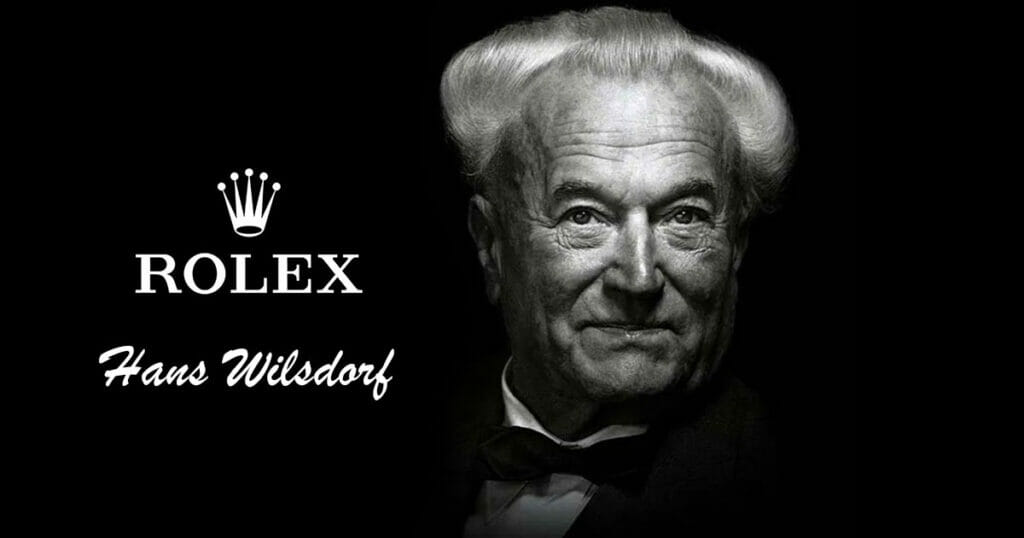
5. Rolex is Founded – in 1919
Almost a decade later, one of the most significant moments to occur in wristwatch history would happen when Hans Wilsdorf rebrands his company as “Rolex” and forever changes the horological world.
6. Cartier Tank – 1919
In the aftermath of World War 1, the wristwatch became more commonly worn among men. The Cartier Tank, which had a design that was inspired by the treads on tanks, was a perfect example of this.
7. The Winding Mechanism is Invented – 1926
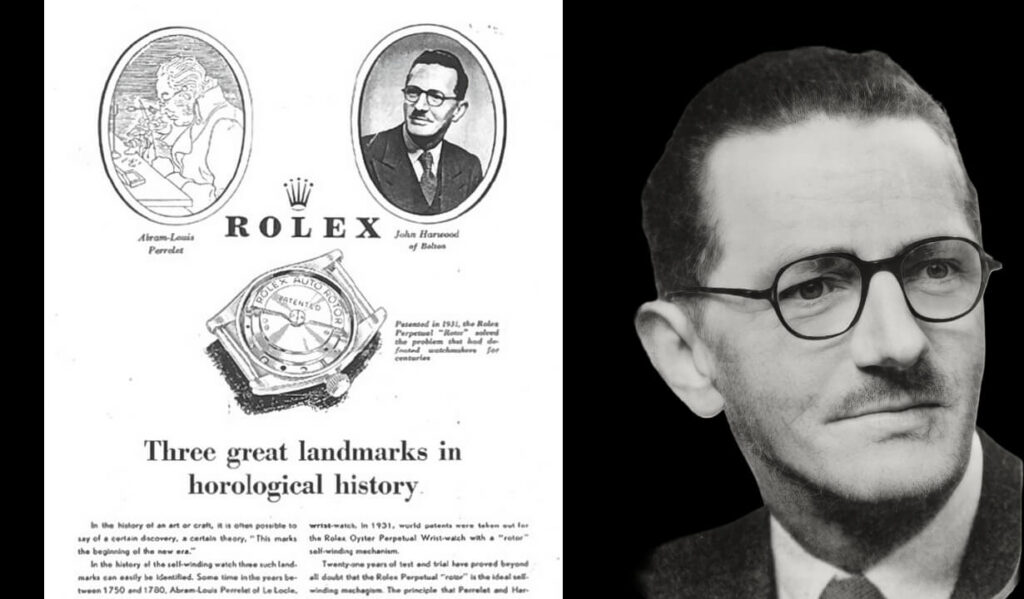
British watchmaker John Harwood would design the first automatic winding rotor movement in 1926 for the Fortis watch company, which is still in operation today.
8. LeCoultre & Cie. and Jaeger Reverso – 1931
Two major watch producers, LeCoultre & Cie, and Jaeger would collaborate to produce the first watch with a slideable case. The two companies would later merge and operate under the LeCoultre name going forward.
9. First Pilot’s Watch is Introduced – 1936
IWC has long held a special place in horological history, especially where aviation and watchmaking intersect. This goes back to 1936 when the brand would successfully introduce the first pilot’s watch to the general public.
10. A. Lange & Sonne Factory is Demolished – 1945
Hours before World War II was officially set to end, the production house of noted watchmakers A. Lange and Sonne was destroyed in a Russian bombing raid.

11. First Automatic Chronographs are Introduced – 1969
Several decades after the end of World War II, horological history is made yet again when automatic chorographic movements are introduced into watches by companies such as Seiko and Zenith.
12. Audemars Piguet Introduces the Royal Oak Watch – 1972
The company would not only save itself financially with this watch, but it would also forever redefine what was acceptable in terms of the style of men’s wristwatches when Audemars Piguet introduced the Royal Oak in 1972.
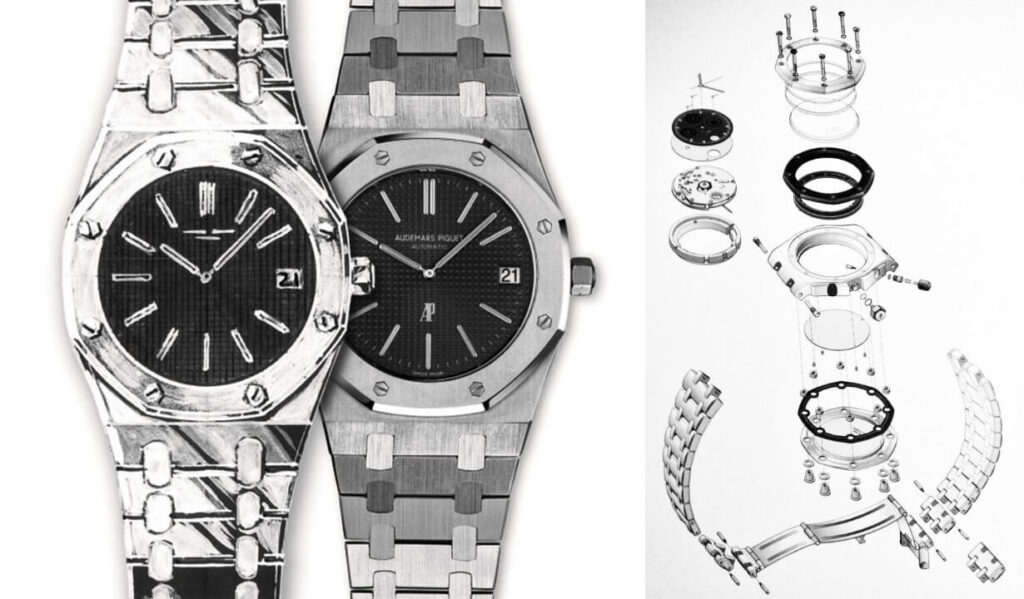
13. Jean-Claude Biver and Jacques Piguet Purchase Blancpain – 1983
Jacques Piguet, a namesake of the Piguet half of Audemars Piguet, teamed up with his business partner, Jean-Claude Biver, to purchase Blancpain, a struggling watch manufacturer. They rebrand the company as a watch manufacturer that exclusively produces timepieces with mechanical movements.
14. Swatch Group is Formed – in 1983
Two troubled Swiss watch companies would go to merge and become the Swatch Group, which managed to make Swiss watches affordable to everyday people for the first time in history.
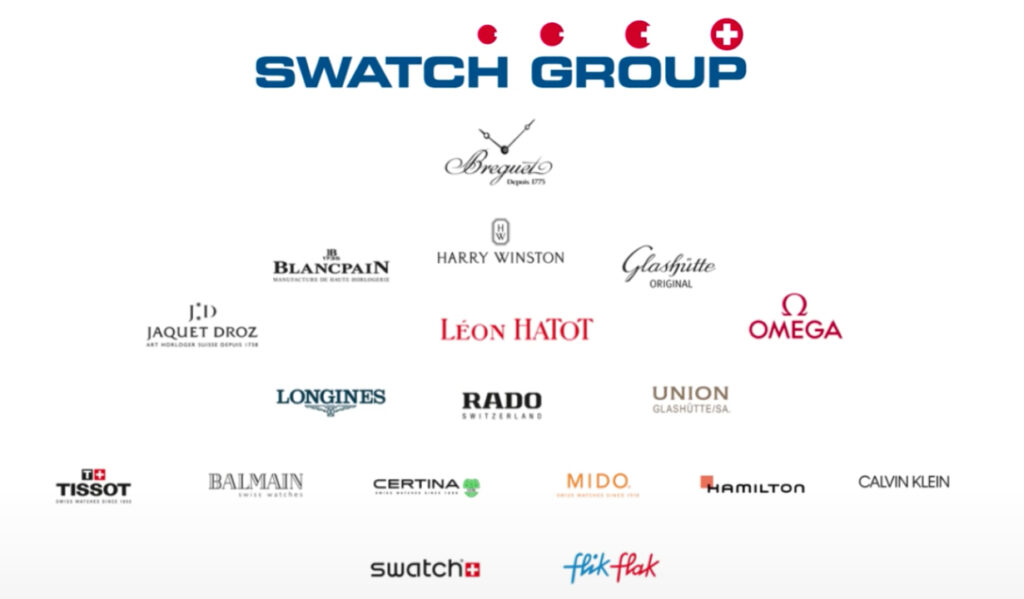
15. Rolex Launches a New Cosmograph Daytona – 2000
As the new millennium was taking place, Rolex launched a new Cosmograph Daytona watch. It contained a new movement, the 4130, which would go on to ensure that all mechanical Rolex watches had movements produced by the company themselves.
Are You in Need of a Custom Rubber Watch Band For Your Luxury Watch? Visit Rubber B Today
No fillers or additives are used in Rubber B’s watch straps, and each strap is non-toxic and non-allergenic, as well as being FDA and BVGG compliant. Rubber B also offers both domestic and international shipping to its clients based on their current location.
If you would like to learn more about our complete list of products, shipping policies, and pricing, or have questions about our custom rubber watch straps, please visit the Rubber B website today for more information. One of our valued team members will be happy to answer your inquiry in a timely manner.
Follow Us on Instagram













